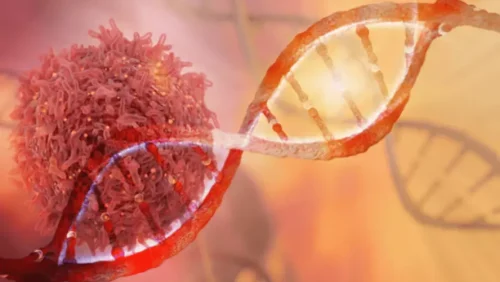
Impact of non-alcoholic fatty liver disease on coronavirus disease 2019: A systematic review

Benzodiazepines (sedatives) are used to treat withdrawal symptoms (see Emergency treatment). However, if alcohol-related liver disease is advanced, sedatives are used in small doses or avoided because they can trigger portosystemic encephalopathy. Doctors may give the person a questionnaire to help identify whether drinking is a problem (see Screening for alcohol abuse).
What are the stages of alcohol-associated liver disease?

This may help reverse MASH or reduce your risk of complications. Your doctor will order regular follow-up tests to monitor your condition and check for signs of complications, such as cirrhosis. They may recommend additional treatments if you develop complications. Your doctor might diagnose MASH after a routine blood test shows increased liver enzymes, including alanine aminotransferase (ALT) and aspartate aminotransferase (AST). Parasites and viruses can infect the liver, causing swelling and irritation, called inflammation.
Checking liver function at home
- Most transplantation centers require 6-months of sobriety prior to be considered for transplantation.
- Usually, symptoms are worse after a recent period of heavy drinking.
For many people with severe alcoholic hepatitis, the risk of dying is high without a liver transplant. Chronic drinking can also result in a condition known as alcohol-related liver disease. This is a disease in which alcohol use—especially long-term, excessive alcohol consumption—damages the liver, preventing it from functioning https://ecosoberhouse.com/ as it should. Patients with alcoholic hepatitis are at risk of alcohol withdrawal. Lorazepam and oxazepam are the preferred benzodiazepines for prophylaxis and treatment of alcohol withdrawal. Abstinence, along with adequate nutritional support, remains the cornerstone of the management of patients with alcoholic hepatitis.

Common general symptoms
- Your doctor may recommend weight loss and healthy lifestyle changes to help treat MASH and reduce your risk of complications.
- Not everyone who drinks a lot of alcohol develops liver disease.
- If damage persists, alcoholic cirrhosis can develop, which can’t be reversed.
- Researchers found that over an average follow-up of 12.4 years, 4,752 participants (1.14%) developed non-alcoholic fatty liver disease (NAFLD).
Patients often report a history of intake of at least 30 to 50 g alcohol/day though over 100 g/day is common. Other signs and symptoms include fever, ascites (SAAG greater than 1.1), and proximal muscle loss. Patients presenting with severe alcoholic hepatitis may have encephalopathy. Although the damage caused by cirrhosis is not reversible, treatment can slow the progression of the disease, alleviate symptoms, and prevent complications. In cases of early cirrhosis, it is possible to minimize damage to the liver by tackling the underlying causes. For instance, treating alcohol addiction, losing weight, and using medications to treat viral hepatitis and other conditions can limit damage to the liver.
Healthy liver vs. liver cirrhosis
You’ll only be considered for a liver transplant if you have developed complications of cirrhosis despite having stopped drinking. At Healthgrades, our Editorial Team works hard to develop complete, objective alcoholic liver disease and meaningful health information to help people choose the right doctor, right hospital and right care. Our writers include physicians, pharmacists, and registered nurses with firsthand clinical experience.
- About 10% to 20% of patients with alcoholic hepatitis are likely to progress to cirrhosis annually, and 10% of the individuals with alcoholic hepatitis have a regression of liver injury with abstinence.
- The longer you’ve abused alcohol, and the more alcohol you’ve consumed, the greater likelihood you will develop liver disease.
- If you depend on alcohol and want to stop drinking, your healthcare professional can suggest a therapy that meets your needs.
- One of the most important functions of the liver is to remove toxins from your blood.
Symptoms of alcohol-related liver disease (ARLD)

Treatment / Management
Alcoholic Hepatitis vs. Viral Hepatitis
- In compensated cirrhosis, the liver remains functioning, and many people have no symptoms.
- If ultrasonography or computed tomography is done for other reasons, doctors may see evidence of fatty liver or portal hypertension, an enlarged spleen, or accumulation of fluid in the abdomen.
- Patients tend to underreport their alcohol consumption, and discussions with family members and close friends can provide a more accurate estimation of alcohol intake.
- Some may experience mild pain in the upper right side of the abdomen.
Brain and nervous system symptoms

© 2021 Oak Tree. All rights reserved.


Comments are closed.